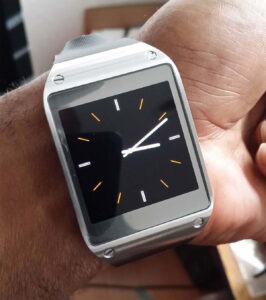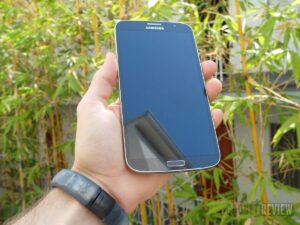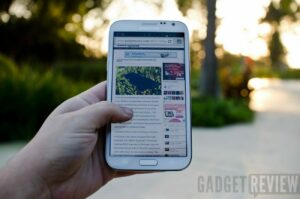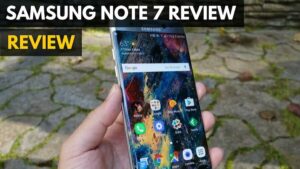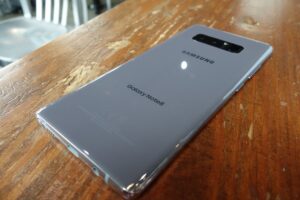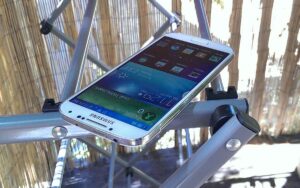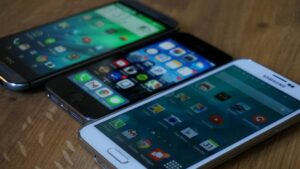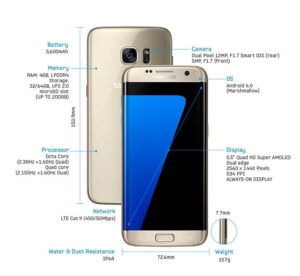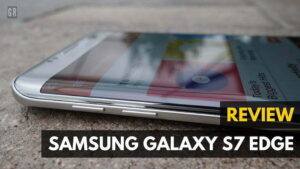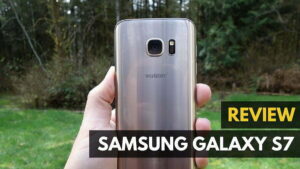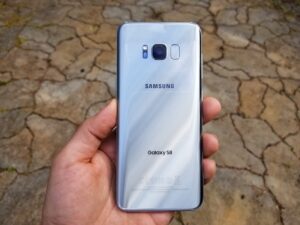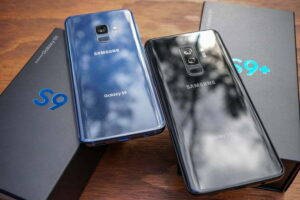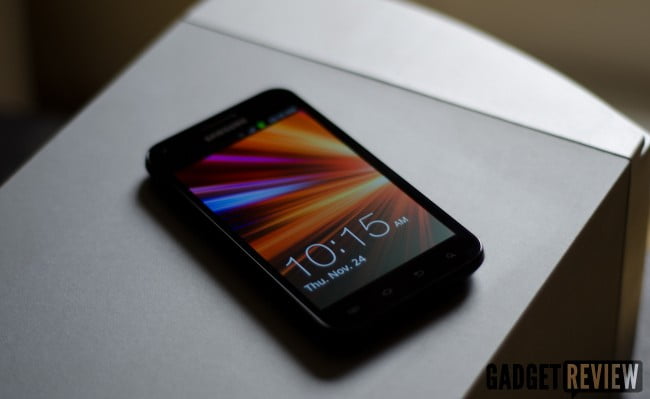
Yesterday I reviewed the Galaxy S II, which is one of the best Android phones out, period. Samsung’s Epic 4G Touch is also a Galaxy S II, though it’s a CDMA model specifically designed for Sprint’s 4G network. The hardware is almost completely identical, but there are a few notable differences that prospective buyers should know.
Hardware
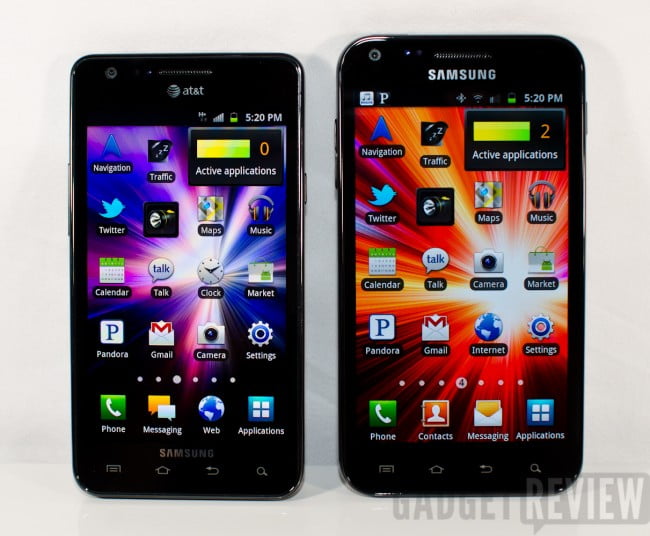
Like the AT&T model, the Epic 4G Touch is thin and light, though it’s both slightly thicker and heavier than the iPhone 4/4S. You wouldn’t be able to tell the difference though, especially with the Epic 4G’s larger overall size. The 4.54″ screen is big, and it feels significantly larger than the typical 4.3″ displays found on most 4.3″ Android smartphones.
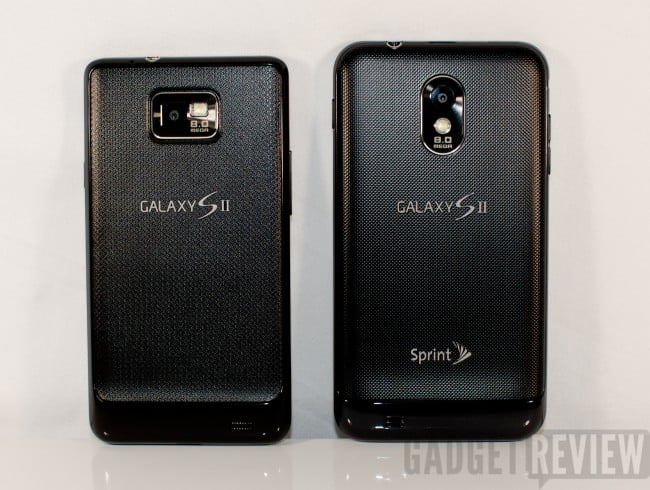
The reason for this is to keep the 16:9 aspect ratio. 4.3″ screens that are 16:9 tend to match the iPhone in terms of width, which is interesting to note. It’s almost as if companies like the original form factor of the iPhone and have kept the width, but only rarely jump out of that base design. And they were right to do so; the Epic 4G Touch feels too wide.
Larger screen sizes are a problem for one-handed use, but at 2.74″ across, it’s easy enough to grip but hard to actually use one-handed. The 4.54″ display is huge, and two-handed it’s great. Typing is easier because the keys are bigger, video is easier to watch from farther away (though picture quality is more pixelated if you’re watching from up-close because the screen is as dense as 4.3″ displays). It’s when one-handed situations come up, like if you’re driving and want to use Google Maps for directions, that the phone feels fat.
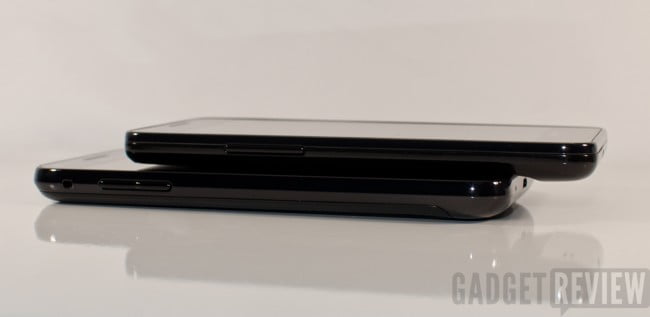
And mind you, the Epic 4G Touch is still one of the slimmest phones available. It’s just wide. In actual use, one-handed, I can only reach 65% of the screen with my thumb. Two-handed, I can’t reach the top half-inch of the display. The only time I can reach everything is when holding the phone in landscape and using both hands. The point is this: the Epic 4G Touch is a two-handed phone. Using it one-handed will make you feel handicapped. It’s hard to activate apps on the top-half of the phone.
You may question whether it’s really that big a deal, and it is. It also depends on what kind of phone user you are, but everyone has to use their phone at one point or another with just one hand. It’s comfortable to make calls on, but I actually had to place apps in specific places on the phone’s home screens if I wanted to be able to reach them with one hand. That is not a problem everyday users should have to consider. If you want to upgrade to an even bigger screen, check out our Samsung A70 Infinity U Smartphone International review
No Wi-Fi problems; Battery Life & 4G
The Wi-Fi problems I had with the Galaxy S II are not apparent in the Epic 4G Touch, which easily accesses Wi-Fi networks and has no range problems. Besides for that and the size, the only major hardware differences are the MicroSD card slot, which is not blocked by the battery (thankfully), and the Battery itself, which is slightly bigger and lasts a little longer than the Galaxy S II, but still has the full-day-only problem (where the battery lasts a full day regardless of how the phone is used, if at all). You can read all about the Galaxy S II here.
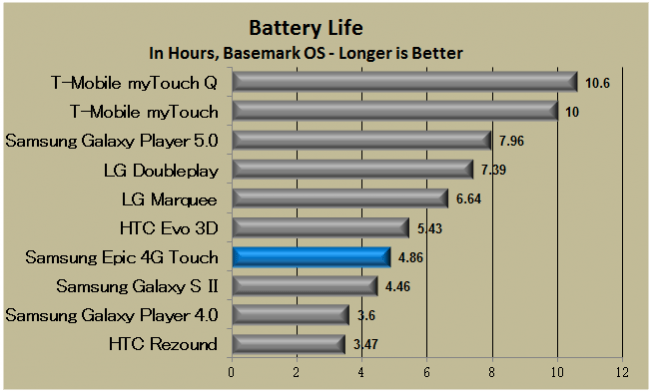
For 4G users, know that the 4G antenna, when active, will still drain the battery quickly. This is a common issue with most phones, as you will find out in this Samsung Galaxy Mega 6 3 review att.
Moreover, the 4G antenna also isn’t activated and deactivated as intelligently as the HTC Evo 3D, and leaving the 4G antenna on even without a 4G signal does waste battery life more than it should. It is more efficient than last-year’s Epic 4G, but users will be better off leaving 4G off until they need it or are in an area where they know 4G is present.
Software and Benchmarks
The software on the Epic 4G Touch is identical (save for the built-in apps from Sprint vs. AT&T) to the Galaxy S II, which once again you can read about here.
Benchmarks are mostly identical as well, though the Epic 4G Touch consistently had better scores, averaging 1-2% higher than the Galaxy S II. I’m not sure why it scores better, except that the Galaxy S II has more background applications running that can’t be shut off than the Epic 4G Touch does. Whatever the case, you can see how the Epic 4G Touch performs below.
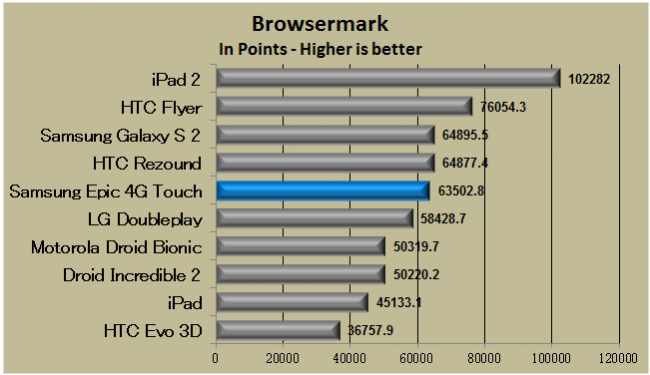
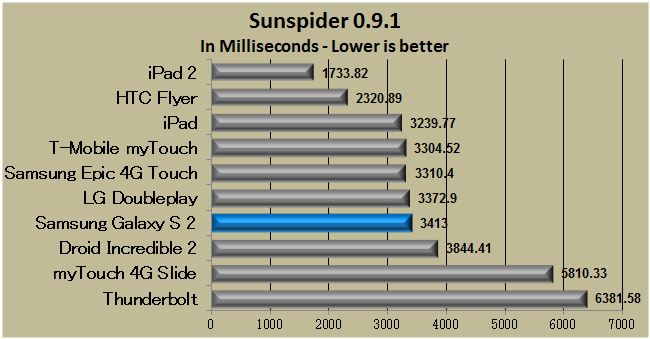
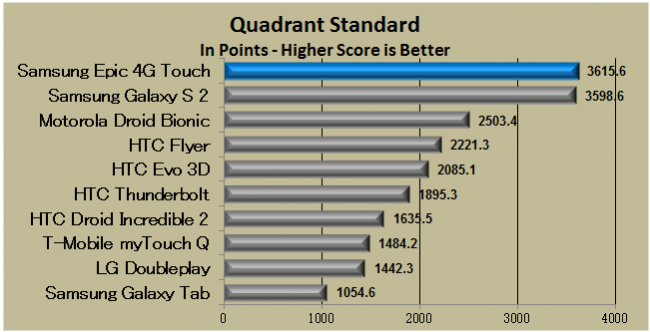
Like the Galaxy S II, the Epic 4G Touch is clearly one of the fastest phones out right now. It’s just amazingly fast, as nearly as fast as high-end tablets. It’s scores are nearly identical to the Galaxy S II, and save for the Browsermark benchmark, are consistently better by 1-2%. That’s a difference impossible to tell in day-to-day use, but for certain applications like the camera (see below), it makes a difference.
Either way, you can’t go wrong with this phone. As ludicrous as it sounds (since I just proclaimed it last week for the Galaxy S II, even though both devices are Galaxy S II phones), the Epic 4G Touch is the fastest Android device out.
Camera
Camera quality on the Epic 4G Touch is just as good as the Galaxy S II. It should be – it’s the same lens and camera system. Shot-to-shot does feel a bit faster, though it’s still slow at 2-4 seconds between shots. Take a look at the sample shots below.
[nggallery id=173]
For additional shots, you can check out the Galaxy S II review. Video quality is also excellent, though the camera is shaky. The microphone is also quiet, but otherwise it is an excellent camera.
Conclusion
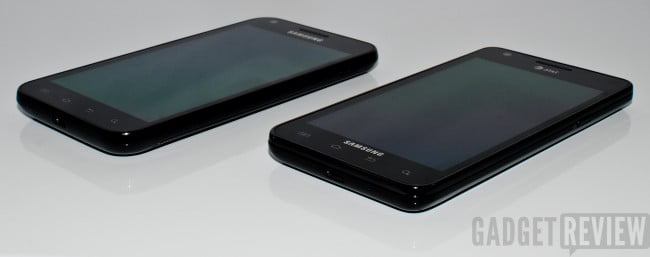
The Epic 4G Touch is, like the Galaxy S II, an incredible device. It’s actually better than AT&T’s model in a few key areas. The Epic 4G Touch has no trouble connecting to Wi-Fi networks, it does a better job of connecting to PCs (though both completely lack of any way to manually connect the phones to a computer directly), it has slightly better battery life (even with a larger display), and it has access to Sprint’s 4G network.
However, the big issue I have with the Galaxy S II is size. It’s just a very wide phone, and possibly too wide. In many ways that’s better, such as for landscape and two-handed use, but with just one hand I’ve consistently had trouble using it for simple things. Opening apps, browsing the web, typing…they are all harder to do with one-handed. As screen sizes pass the 4.3″ threshold, this issue is going to keep cropping up, and I don’t like it. If for some reason – and there are plenty of them – you need to use the phone one-handed, the Epic 4G Touch makes that very difficult.
Yet even then I’m still very impressed with the Epic 4G Touch, more than I was with the Galaxy S II. As I’ve found some business people point out, a device with a larger screen like the Epic 4G Touch may be worth having over both smaller smartphones and mid-size tablets. I can see how that works, but it really turns into a matter of preference, as both smaller and bigger designs have their benefits and disadvantages.
One thing is clear: the Galaxy S II phones are exceptional, and Sprint’s Epic 4G Touch is king of the Galaxy S II phones. On Sprint, the Epic 4G Touch is fastest, most powerful phone available, period. You just have to decide whether the size fits your hand or not.
Editor’s Rating:
[Rating: 4.5]
Excellent
Bottom Line: The Epic 4G Touch is one of the best phones available on Sprint. It’s slightly faster and overall better than the Galaxy S II, but the large size should give you pause before just picking one up. Still one of the best phones out today.
Pros:
- It’s the fastest Android phone, period. Faster than the Galaxy S II.
- Well designed; it’s just slightly heavier and thicker than the Galaxy S II and iPhone 4/4S.
- Screen is easy to read, produces high quality and high-contrast picture
- Great picture and video quality
- It’s wide; possibly too wide for your hands, and it’s hard to use one-handed.
- Battery life is mediocre; 4G antenna drops it significantly
- The camera takes quick pictures, but slow shot-to-shot time
